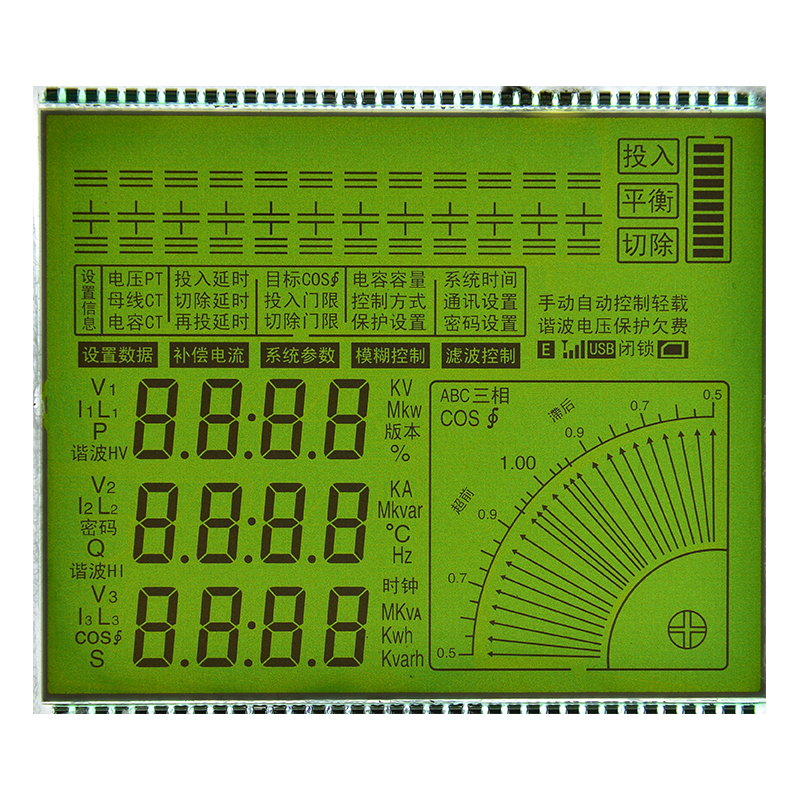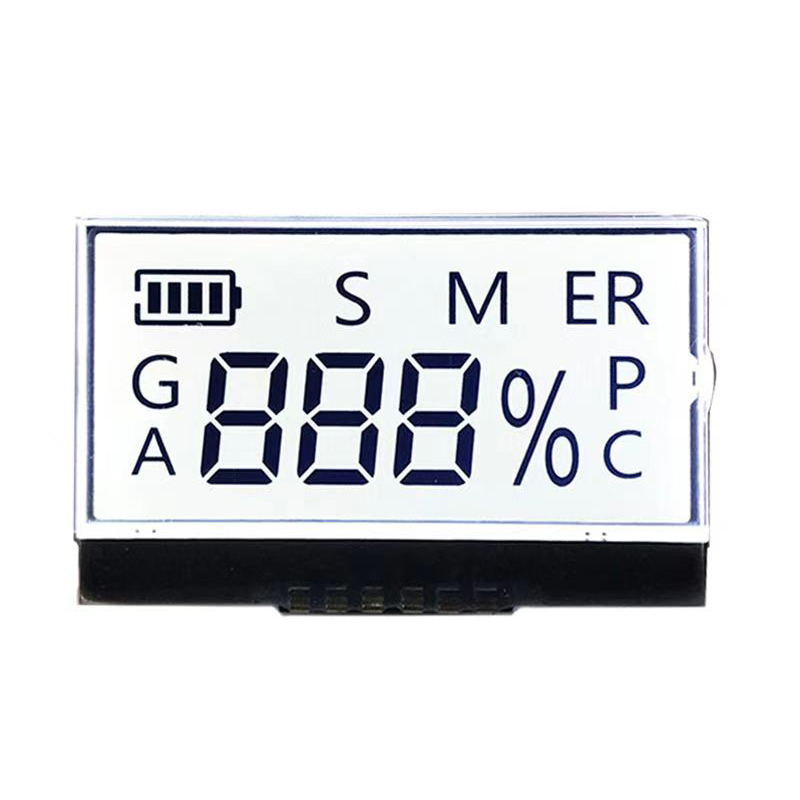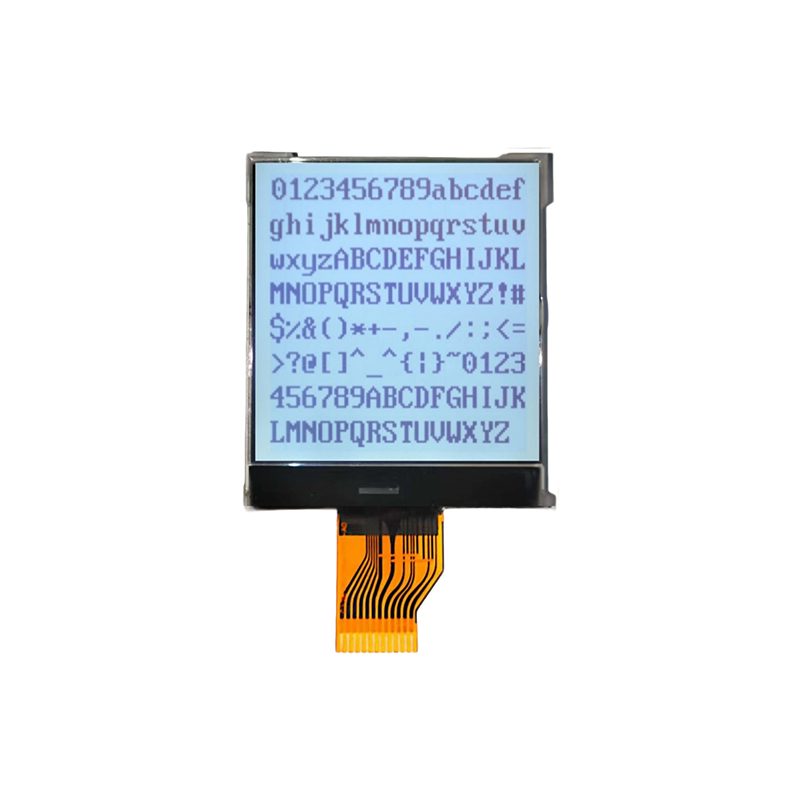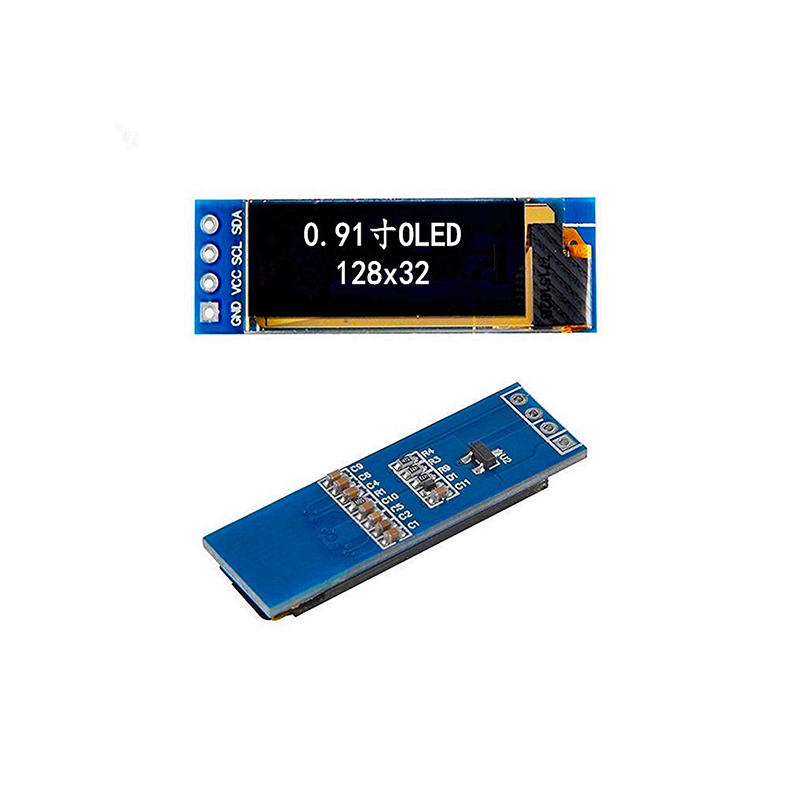
This comprehensive guide explores the intricacies of AMOLED displays, covering their underlying technology, advantages, disadvantages, and diverse applications. We delve into the differences between AMOLED and other display technologies, examining key specifications and considerations for consumers and professionals alike. Learn how AMOLED displays are shaping the future of screen technology.
AMOLED, or Active-Matrix Organic Light-Emitting Diode, is a display technology that utilizes organic compounds to emit light. Unlike LCDs (Liquid Crystal Displays) which require a backlight, each pixel in an AMOLED display is self-illuminating. This inherent characteristic leads to several key advantages.
| Feature | AMOLED | LCD | OLED (Passive-Matrix) |
|---|---|---|---|
| Backlight | No | Yes | No |
| Black Levels | Perfect | Limited | Good |
| Response Time | Very Fast | Slower | Slow |
| Power Consumption | Higher (generally) | Lower | Moderate |
AMOLED technology finds widespread use in various applications, including:
Many high-end smartphones utilize AMOLED displays for their superior visuals and energy efficiency (relative to earlier iterations). The vibrant colors and deep blacks enhance the viewing experience.
AMOLED TVs are becoming increasingly popular, offering stunning picture quality with exceptional contrast and color accuracy. Manufacturers like Samsung and LG are at the forefront of this technology.
Smartwatches and fitness trackers often employ AMOLED displays due to their energy efficiency and ability to create sharp, clear images on smaller screens.
When selecting a device with an AMOLED display, consider factors such as resolution, refresh rate, and peak brightness. Higher resolutions offer sharper images, while higher refresh rates reduce motion blur. Peak brightness affects visibility in bright environments.
AMOLED technology represents a significant advancement in display technology. Its self-illuminating pixels deliver superior image quality, enabling vibrant colors, deep blacks, and fast response times. While power consumption remains a consideration, ongoing advancements continue to improve efficiency. The future of screen technology is undoubtedly intertwined with the evolution and widespread adoption of AMOLED displays. For high-quality LCD and AMOLED display solutions, consider exploring the offerings from Dalian Eastern Display Co., Ltd. a leading provider in the display industry.
Sources:
Samsung Display Website (for Samsung AMOLED specifications)
LG Display Website (for LG AMOLED specifications)












